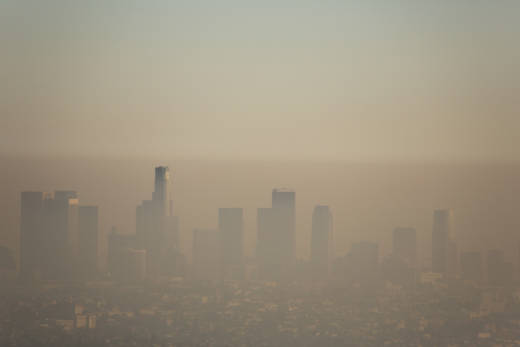For decades America’s air was getting cleaner as levels of a key smog ingredient steadily dropped. That changed about seven years ago when pollution reductions leveled off, a new study found.
This means when tighter federal air quality standards go into effect later this year, many more cities may find themselves on the dirty air list.
There are several reasons for the flattening of nitrogen oxide levels including hard-to-reduce industrial and truck pollution, said study co-author Helen Worden, a scientist at the National Center for Atmospheric Research in Boulder, Colorado.
The study, in Monday’s Proceedings of the National Academy of Sciences, used satellite and ground measurements to track nitrogen oxides, a major ingredient in smog. Levels fell 7 percent from 2005 to 2009, but only dropped 1.7 percent from 2011 to 2015.
“We can’t say anymore it’s going down,” Worden said.

